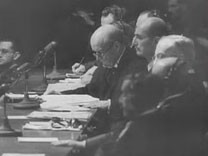You searched for: nuremberg
<< Previous | Displaying results 61-70 of 468 for "nuremberg" | Next >>
-
The defendants' box at the Nuremberg trial
PhotoThe defendants' box at the Nuremberg trial. Hermann Göring is seated at the far left of the first row. Nuremberg, Germany, 1945-1946.
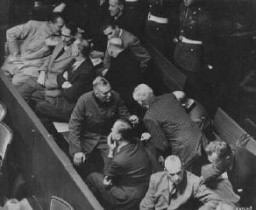
-
Subsequent Nuremberg Proceedings
SeriesThe Subsequent Nuremberg Trials were proceedings against leading German industrialists, military figures, SS perpetrators, and others. American military tribunals in Nuremberg, Germany, presided over the 12 trials, held between December 1946 and Apri...
-
Samples of the Nuremberg Race Laws
PhotoSamples of the Nuremberg Race Laws (the Reich Citizenship Law and the Law for the Protection of German Blood and Honor). Germany, September 15, 1935.
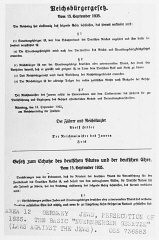
-
Chart illustrating the Nuremberg Laws
PhotoChart illustrating the Nuremberg laws. The figures represent Germans, Jews, and Mischlinge. Germany, 1935.
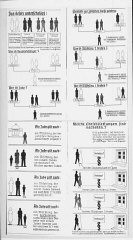
-
The accused and their defense attorneys at Nuremberg
PhotoThe accused and their defense attorneys in the courtroom during the International Military Tribunal. Nuremberg, Germany.
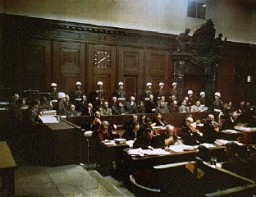
-
Poster: Nuremberg / Guilty!
PhotoPoster: Nuremberg / Guilty! After the end of the war and the defeat of Nazi Germany, Allied occupation authorities in Germany used posters such as this one to emphasize the criminal nature of the Nazi regime.

-
Nuremberg Laws proclaimed
FilmHermann Göring recites the preamble to the Nuremberg Laws at the seventh Nazi Party Congress. The laws would define German citizenship by blood and forbade marriages between Germans and Jews. A special session of the Reichstag (German parliament) enacted the laws, marking an intensification of Nazi measures against Jews.
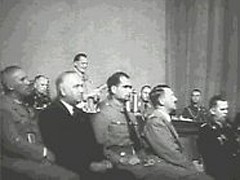
-
Film at the Nuremberg Trial
Timeline EventNovember 29, 1945. On this date, the International Military Tribunal prosecution presented a film titled "The Nazi Concentration Camps."
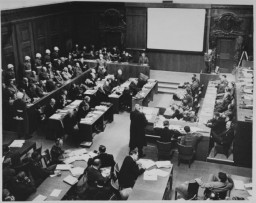
-
Reactions to film shown at Nuremberg
FilmThe film "Nazi Concentration Camps" was presented in the courtroom on November 29, 1945, and entered as evidence in the trial. It was filmed as Allied troops liberated the concentration camps. This clip shows the reactions of defendants and others in the courtroom following the screening of the film.
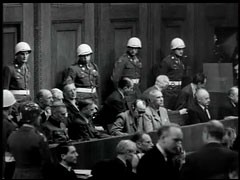
-
"Nuremberg: Its Lesson for Today"
FilmThis footage comes from "Nuremberg, Its Lesson for Today" a 1947 documentary film produced by the US military's Documentary Film Unit, Information Services Division. The film, directed by Pare Lorentz and Stuart Schulberg, shows footage from the trial of Nazi war criminals by the International Military Tribunal. It also intermixes historical footage depicting the founding of the Nazi state, the unleashing of World War II, and Nazi crimes against humanity. The sentencing sequence shown here illustrates the…
